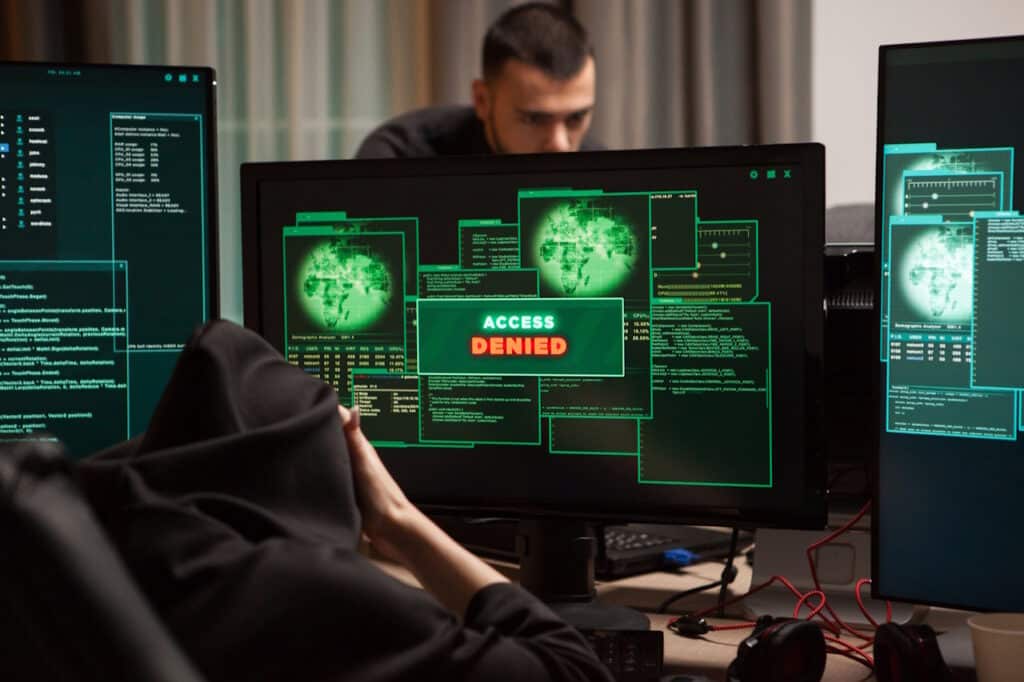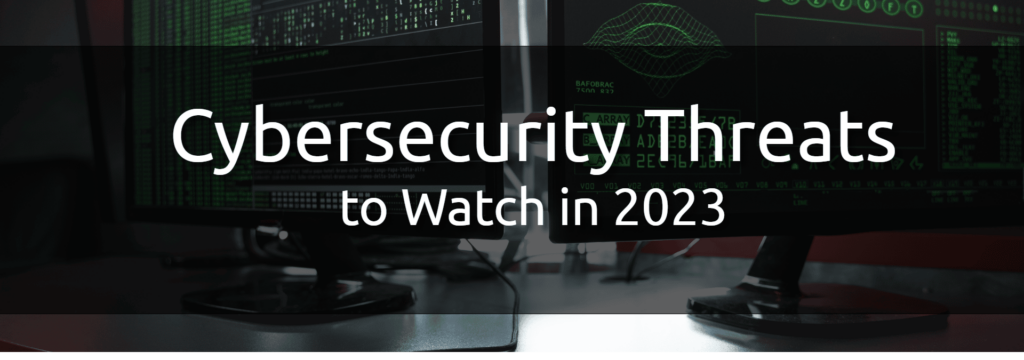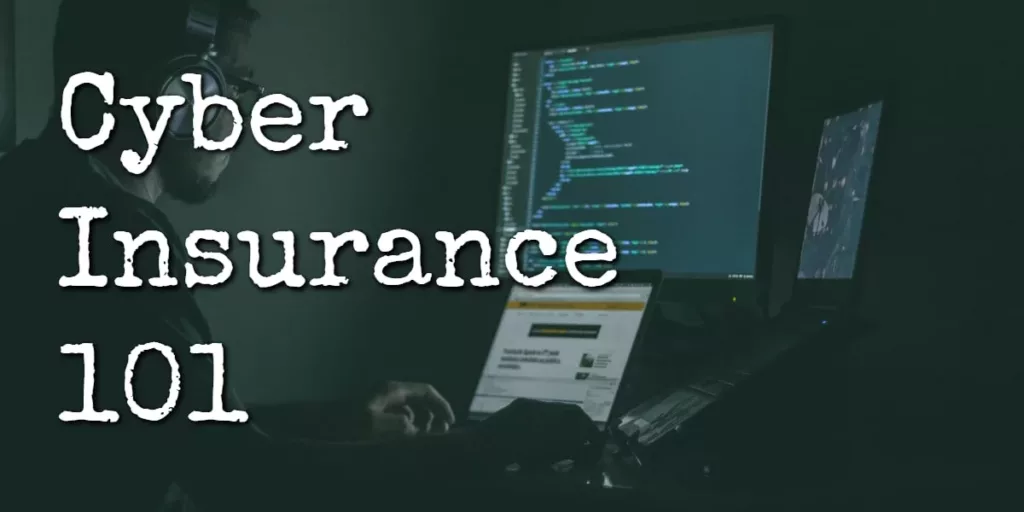Cybersecurity breaches are predicted to cost $10.5 trillion annually by 2025. Staying ahead of these risks has become increasingly challenging as cyber threats evolve.
But worry not, because we’re here to help you learn to assess and strengthen your company’s security posture, keeping your data and infrastructure safe from harm.
On This Page:
- What is Security Posture?
- How to Assess Your Company’s Security Posture
- Strengthening Your Security Posture: Best Practices
- Leveraging Technology to Enhance Security Posture
- Conducting Regular Security Posture Assessments
- Collaborating with Third-Party Vendors for Enhanced Security
- Summary
- Frequently Asked Questions
What is Security Posture?

Security posture is an organization’s overall cybersecurity strength, including its policies, procedures, and technologies designed to protect against cyber threats and vulnerabilities. A robust cybersecurity posture is pivotal for many reasons.
It fortifies your organization against malicious threats, secures data, and equips your entity with the necessary defenses against security breaches. Ultimately, this reduces the risk of financial losses by safeguarding sensitive data.
A secure environment requires a combination of the following measures:
- Physical security measures
- Technical security measures
- Operational security measures
- Administrative security measures
Together, these measures provide a comprehensive security posture. To evaluate your security posture, a thorough examination of these aspects is necessary to pinpoint areas of improvement. This process aids in formulating an up-to-date security strategy that aligns with your organization’s needs and its users.
How to Assess Your Company’s Security Posture

Evaluating your company’s security posture is vital to discern potential weaknesses and forge practical steps to rectify those gaps. Begin by pinpointing business needs and objectives to fully understand your company’s security posture. This helps you determine the desired cybersecurity posture level and identify areas that need improvement.
A proactive cybersecurity posture means identifying and reducing any cybersecurity risks or vulnerabilities before they can be used against you. Grasping the potential threats is key to securing your organization. A deeper analysis of these threats empowers you to devise contingency plans for potential cyber-attacks or data breaches.
The process of assessing your company’s security posture consists of four main steps:
- Planning
- Gathering data
- Analyzing the data
- Providing a report
This involves conducting risk assessments, identifying vulnerabilities, and reviewing existing security controls to identify gaps and areas for improvement. Adopting a risk-based cybersecurity posture allows organizations to prioritize the protection of vital IT assets and implement additional security measures as needed, based on the potential repercussions of a security breach.
Risk Assessment
A comprehensive security posture includes not only the implementation of security policies and procedures but also the use of advanced technologies such as intrusion detection systems and secure cloud services. By taking a holistic approach, organizations can minimize their attack surfaces and protect their networks, devices, and endpoints from cyber attacks.
Executing a cybersecurity risk assessment is an integral step in developing a comprehensive cybersecurity posture, as it aids in identifying potential threats and vulnerabilities that could influence the organization.
Vulnerability Identification
There are several strategies that organizations can employ to bolster their security posture. These include:
- Minimizing attack surfaces
- Protecting networks and devices
- Blocking hackers from breaking into their systems
- Staying up to date with the latest security policies
- Conducting regular security posture assessments
- Investing in employee training and awareness programs
Security Controls Review
Reviewing your security controls is essential for ensuring they effectively protect your organization from cyber-attacks and are aligned with industry best practices. Security controls are an organization’s safeguards to reduce certain risks and meet legal obligations.
Regularly testing and monitoring security controls helps identify potential gaps and weaknesses in the cybersecurity posture, allowing organizations to take proactive measures to address them and ensure a strong security posture.
Performing regular cybersecurity audits and internal audits can help organizations in the following ways:
- Identify security vulnerabilities
- Strengthen their overall security posture over time
- Update and review security controls
- Ensure that an organization’s cybersecurity strategy effectively detects, prevents, and responds to evolving cyber threats.
Strengthening Your Security Posture: Best Practices

To strengthen your security posture, it’s essential to implement best practices to not only help organizations maintain a strong security posture but also enable them to adapt to the ever-changing threat landscape.
Let’s investigate these best practices to understand their role in enhancing your organization’s security posture.
Access Control Policies
Robust access control policies ensure that only authorized users can access sensitive data and systems, reducing the risk of data breaches and cyberattacks. These policies include authentication, authorization, and access control measures that help organizations maintain data security and protect their critical assets.
To implement effective access control policies, organizations should:
- Create a policy document outlining the requirements
- Utilize role-based access control
- Regularly review the policies
- Use multi-factor authentication
Continuous Monitoring
Continuous monitoring of networks and systems allows organizations to:
- Detect and respond to potential threats and vulnerabilities in real-time
- Monitor network activity and analyze traffic
- Constantly review business processes to identify potential security risks
Adoption of continuous monitoring practices enables organizations to reduce the risk of data breaches and other security incidents.
One of the key advantages of continuous monitoring is its ability to:
- Detect and fix issues quickly without relying on manual intervention
- Automate security processes
- Leverage advanced technologies such as intrusion detection systems
- More effectively safeguard critical data and infrastructure against cyber attacks.
Employee Training and Awareness
Employee training and awareness programs ensure that your team understands the importance of cybersecurity and is equipped to identify and respond to potential threats. Educating the workforce on cybersecurity enables organizations to enforce security controls effectively and maintain worker vigilance against potential attacks.
Employee training and awareness programs include security awareness training, phishing simulations, and security policy reviews. By investing in these programs, organizations can create a culture of security awareness that permeates every level of the organization, ultimately contributing to a stronger security posture.
Leveraging Technology to Enhance Security Posture

Leveraging technology can significantly enhance your security posture, with tools such as automation, intrusion detection systems, and secure cloud services providing additional layers of protection.
These technologies not only help organizations maintain a strong security posture but also enable them to adapt to the ever-changing threat landscape. Embracing advanced technologies allows organizations to stay a step ahead of cyber threats, protecting their sensitive data and critical systems.
Automation
Automation can help streamline security processes, reducing the risk of human error and improving the efficiency of threat detection and response. Some examples of security tasks that can be automated include:
- Vulnerability identification
- Threat detection
- Incident response
- Security patching
- Log analysis
Organizations can detect and fix threats without manual intervention by automating these tasks, ensuring a faster and more effective response to potential security incidents.
Despite the numerous advantages of automation, there are some potential drawbacks. These include the cost of implementation, the need for specialized skills, and the risk of introducing security issues.
Intrusion Detection Systems
Intrusion detection systems monitor your network for signs of unauthorized activity, allowing you to identify and address potential threats quickly. These systems can help detect and respond to malicious activity swiftly, preventing damage to your organization’s data and infrastructure.
Intrusion detection systems are available in two main types: network-based (NIDS) and host-based (HIDS). Network-based systems monitor traffic for suspicious activity, while host-based systems monitor individual computers or servers for malicious activity.
Despite the benefits of intrusion detection systems, there are challenges associated with their use. These include:
- The potential for false positives
- The cost of implementation and maintenance
- The need for specialized expertise to set up and use the systems effectively
Secure Cloud Services
Secure cloud services offer extra safeguards for confidential data and guarantee that it is kept secure. These services use various technologies, policies, controls, and encryption methods to protect sensitive information from unauthorized access, data breaches, and other security threats.
By carefully selecting and implementing secure cloud services, organizations can enhance their security posture and ensure that their sensitive data and critical systems are well-protected against cyber attacks.
Conducting Regular Security Posture Assessments

Regular security posture assessments are essential for maintaining a solid cybersecurity stance, as they help identify areas for improvement and ensure that your organization remains protected against evolving threats.
A regular security posture assessment is a comprehensive evaluation of an organization’s security, examining its security controls, processes, and vulnerabilities to provide an overall picture of its security status.
This proactive approach to security posture management enables organizations to stay ahead of emerging threats and maintain a strong security posture in the face of ever-changing cyber risks.
Collaborating with Third-Party Vendors for Enhanced Security
Collaborating with third-party vendors can help enhance your security posture by providing access to specialized expertise and resources. Working with vendors offering security frameworks such as ISO 27001, NIST Cybersecurity Framework, or Cyber Essentials allows organizations to assess and manage vendor risk more effectively.
Organizations should create a comprehensive vendor risk management plan to ensure the security of their data and infrastructure when working with third-party vendors. This includes:
- Recognizing the risks associated with working with third-party vendors
- Understanding the potential dangers posed by each vendor
- Developing strategies to reduce these risks
By carefully selecting and collaborating with third-party vendors, organizations can enhance their security posture and better protect their data and critical systems from cyber threats with the help of security teams.
Summary
Assessing and strengthening your company’s security posture is vital for protecting against cyber attacks and maintaining a robust cybersecurity stance in today’s ever-changing digital landscape.
Organizations can significantly enhance their cybersecurity posture by implementing best practices, leveraging advanced technologies, and collaborating with third-party vendors and ensure that their sensitive data and critical systems remain well-protected.
Remember, a strong security posture safeguards your organization’s valuable assets and builds trust with customers and partners, contributing to your business’s success.
Frequently Asked Questions
How can a company improve its security posture?
Strengthening your organization’s security posture starts with a security posture assessment, consistent monitoring, assigning specific risk management to security teams, and analyzing gaps in existing security controls. Defining key security metrics will also help ensure your company is secure.
What tools can be used for assessing the security posture of an organization?
Organizations can use tools such as the ISACA Security Posture Assessment Guide, CIS Risk and Security Posture Assessment, Secureframe’s Internal Security Audit Checklist, CDW’s Guide to Cloud Security Posture, Verizon’s Security Posture FAQ, and NIST Cybersecurity Framework to assess their security posture. Additionally, the CIS Controls Self-Assessment Tool (CIS CSAT) is a valuable tool for measuring the implementation of the CIS Controls.
What is the security posture of a company?
An organization’s security posture is a snapshot of its security risks and strengths across hardware, software, data, and user behavior. It indicates the security status of its networks, systems, and procedures in place to manage the defense of the enterprise.
Why is it essential to collaborate with third-party vendors for enhanced security?
Collaborating with third-party vendors is important for enhanced security because it gives your organization access to specialized security professionals and resources to defend against cyber attacks.



